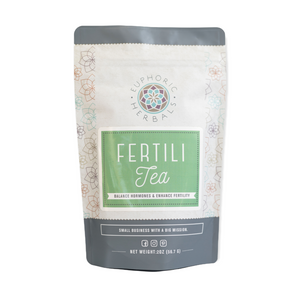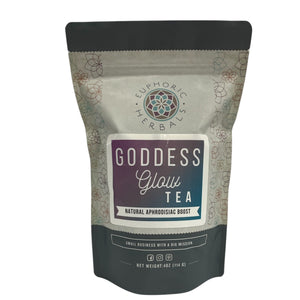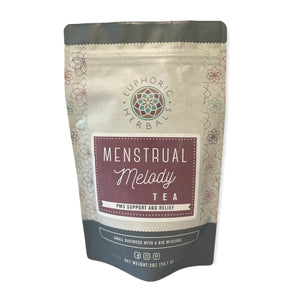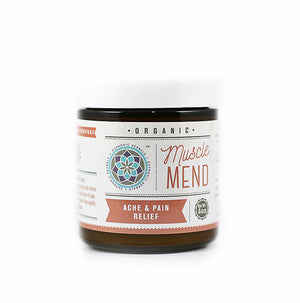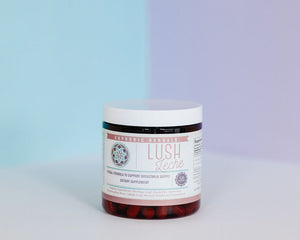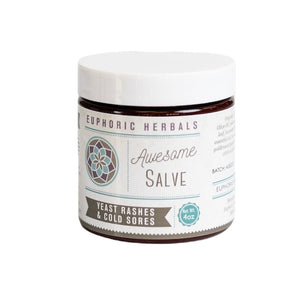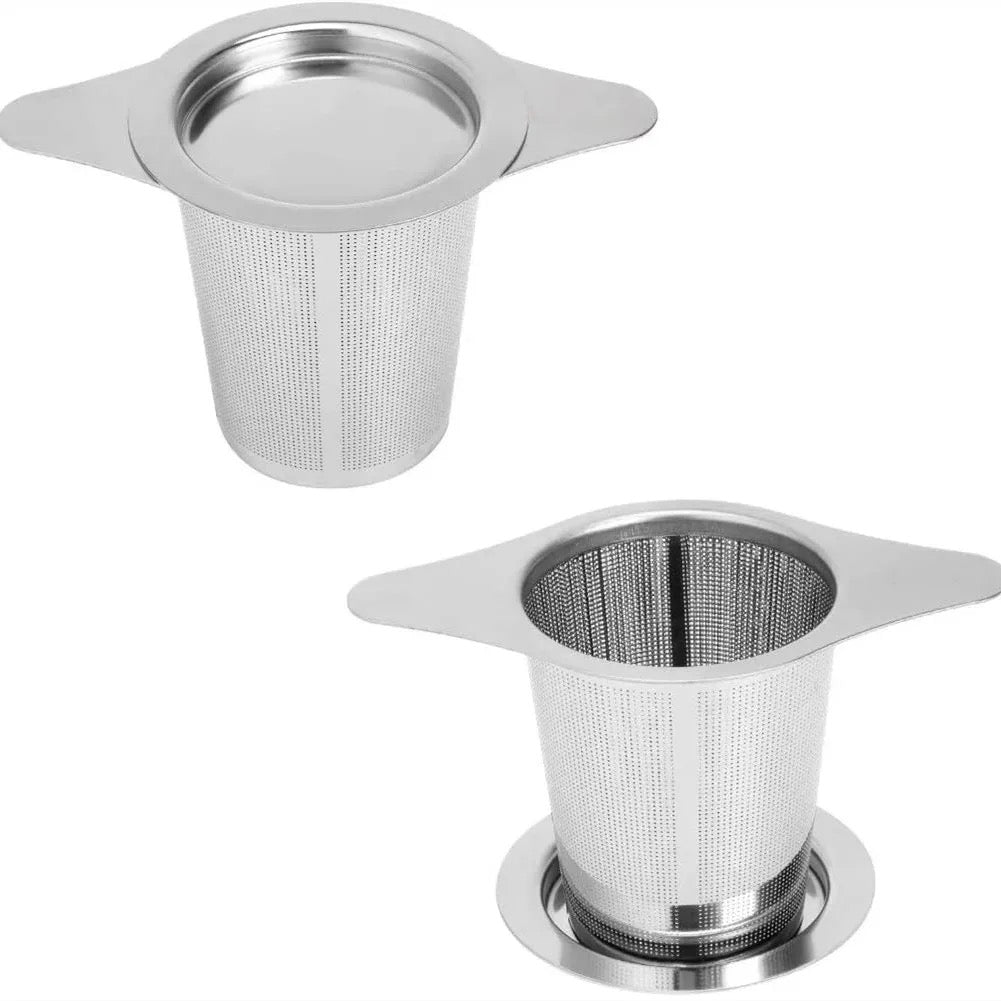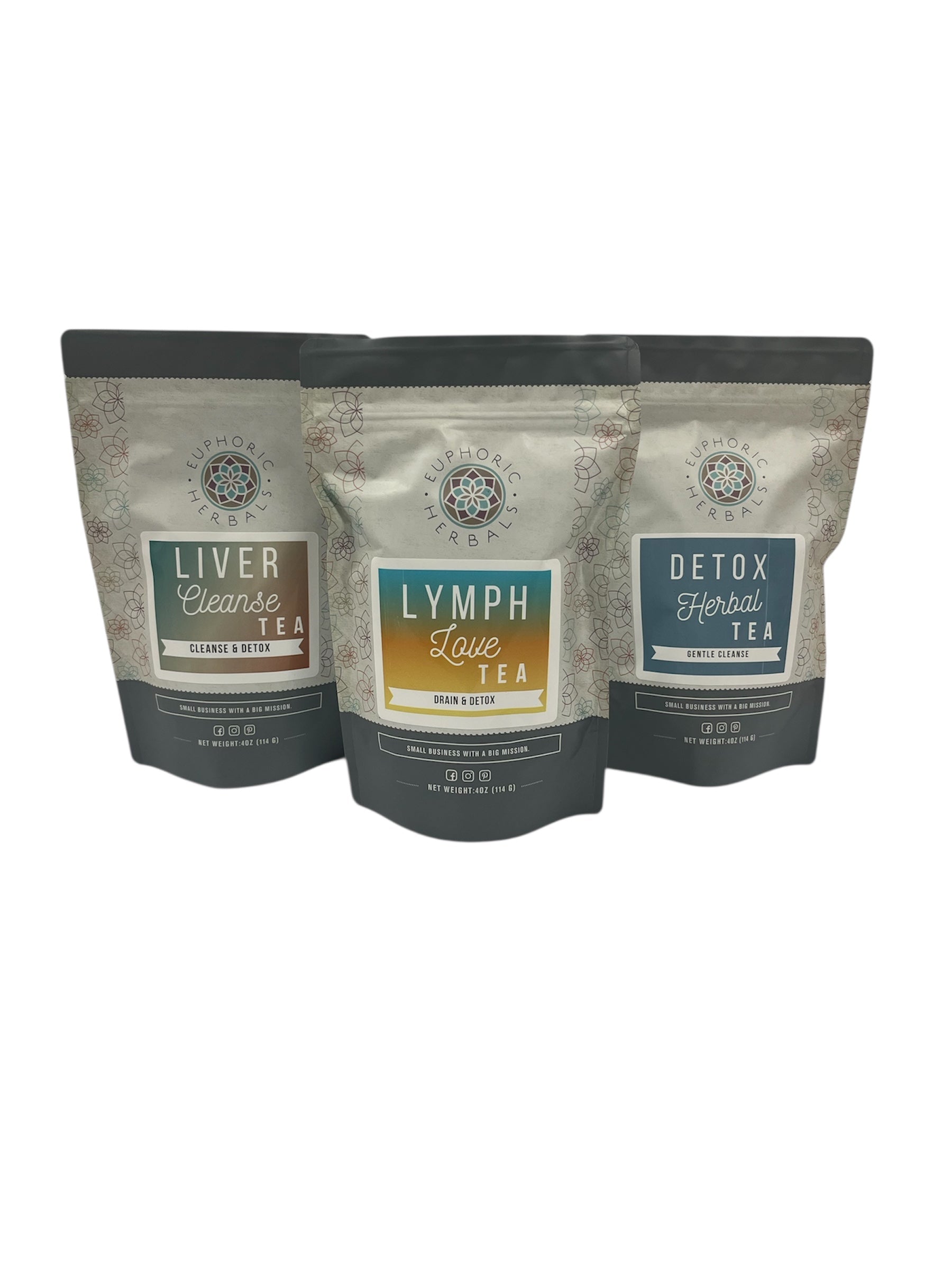Oaks are beautiful and stately trees that can stand for hundreds of years. You may think of them primarily as shade trees or as a source of hardwood for flooring, cabinets, etc., but some varieties have also been used medicinally. The benefits of white oak bark have been recognized for hundreds of years.
Certain Native American tribes used it as an antiseptic and anti-inflammatory. The acorns of the white oak tree were also used as a food source and can be roasted to make a coffee substitute.
Here's more about the benefits of white oak bark, how it's used, and any precautions you should know about.
All About White Oak Bark
White oak trees (Quercus alba) are native to eastern parts of North America. The Latin name "Quercus" is believed to have come from Celtic words that mean "fine tree."
Despite being referred to as white oaks, the bark is more of a gray color. Trees can grow 100' tall and tend to have a widespread habit of growth. Leaves are typically shaped oak leaves and have a whitish cast underneath.
The acorns, which can be used in soups and cereals or for "coffee", don't appear until trees are 20 years old. They often live for a few hundred years and have been known occasionally to last 450+ years.
The part of white oak typically harvested for health benefits is the inner bark and galls. A gall is a growth that occurs most often on twigs, small branches, and new shoots. They form when something (often a wasp laying eggs) irritates part of the tree and stimulates plants cells to grow.
White oak bark is well known as an astringent herb, which means it can tighten and tone tissues in your body. This astrigency comes mainly from the presence of plant compounds known as tannins. (1)
It also has anti-inflammatory and antimicrobial properties and can help to stop bleeding.
Benefits of White Oak Bark
Helps Varicose Veins and Skin Issues
Because of its ability to tighten and tone, white oak bark has often been used for its benefits for varicose veins.
Varicose veins are twisted and swollen veins that usually show up in the legs. They can occur because of increased blood pressure and weak or damaged vein walls or valves. There's an increased risk of developing varicose veins as you get older and during pregnancy (especially if you have had multiple births). (2)
White oak bark has a toning and anti-inflammatory effect when taken internally that can help veins to contract. You can try it for yourself in this Vascular Toning tea.
White oak bark can also be used externally for skin issues like eczema and cuts, burns, and bruises. It has been historically used for wounds because it's a styptic herb, meaning it can stop bleeding. Oak bark also acts as an antiseptic to protect wounds, and the tannins present in it have antibacterial properties. (3)
Benefits Oral Health
The astringent and antimicrobial properties of oak bark make it great for natural oral health. It's been used as a powder for teeth and gums and as a mouthwash. Oak bark is especially helpful for sore or bleeding gums and infections in the mouth. (4)
Besides mouthwash, you can also use oak bark to make a gargle for a sore throat. You can do this by simmering the bark in water for about 20 minutes, straining, and letting it cool to room temperature. Gargle or drink a few cups as a tea.
Soothes Diarrhea
Another frequent and traditional use for white oak bark is to ease diarrhea. The tannins present in oak bark help to strengthen intestinal lining and help the body transition from watery stools to normal. (5)(6)
A study done on a related oak species (Quercus crassifolia) found that a bark extract showed action against certain bacteria (including E. coli) that can cause upset stomach and diarrhea. (7) White oak bark is even approved by the German Commission E for the treatment of diarrhea. (8)
Beneficial for Scalp Health
Other topical benefits of white oak bark include an ability to soothe your scalp and help with oily hair. As an astringent, oak bark can help to cleanse your scalp and dry up excess oil. It can also be made into a tea and used as a rinse for dandruff.
Because white oak can be drying, you may not want to use it if you have an extremely dry scalp or skin. Or you can combine it with another ingredient that will moisturize your scalp.
May Help Digestion and Bladder Health
White oak bark has also been used frequently as a tea to to benefit digestive and urinary health. It can act as a diuretic, which may help with bladder and kidney health as well as water retention.
Besides diarrhea, oak bark is also thought to be effective against certain parasites and can tone tissues in your digestive tract.
Using White Oak Bark
White oak bark is most often used as a tea, extract, or powder. It can be used internally or externally as a tea and made into a cold compress for wounds and skin irritation.
You can also make a decoction of white oak bark and add it to a warm bath to soothe skin. Use a cooled decoction for a throat gargle, mouth wash, or hair/scalp rinse.
Precautions
White oak bark is a safe herb to use with few precautions. It's generally not recommend for continual use for more than a month. Short term use generally produces no side effects, but occasionally symptoms like upset stomach will occur.
Topical application can irritate skin for certain people, so be sure to do a small patch test before using on a larger area.
Oak galls are more astringent than the inner bark and should only be used in small quantities. If your normal constitution tends to be dry, oak bark on its own may be too drying for you.
Oak Bark for Health
White oak bark might not be the first thing that comes to mind when you think of herbs, but it actually has several key health benefits. You can use it to help with varicose veins, for diarrhea and digestion, and for skin issues.
White oak bark and its benefits might just turn you into a tree hugger!






















































